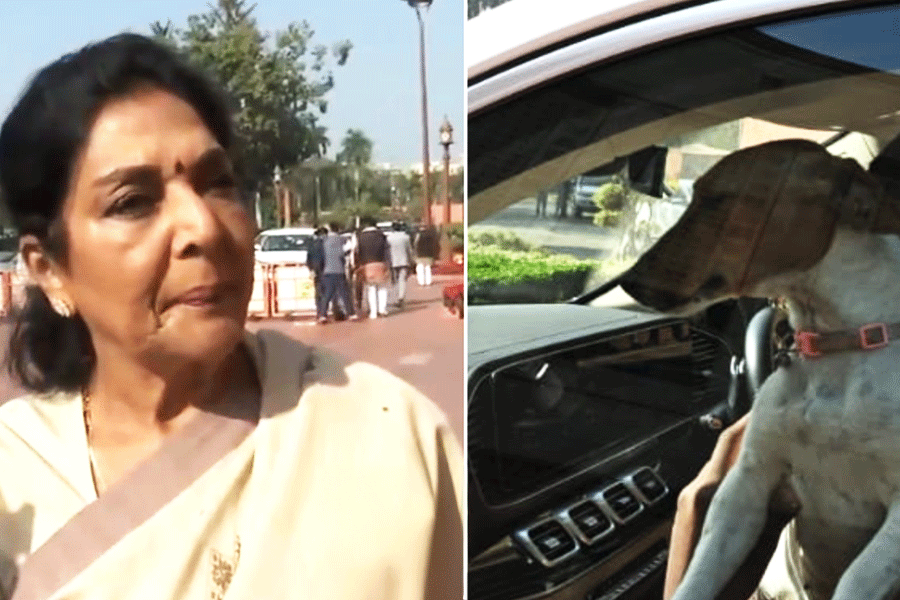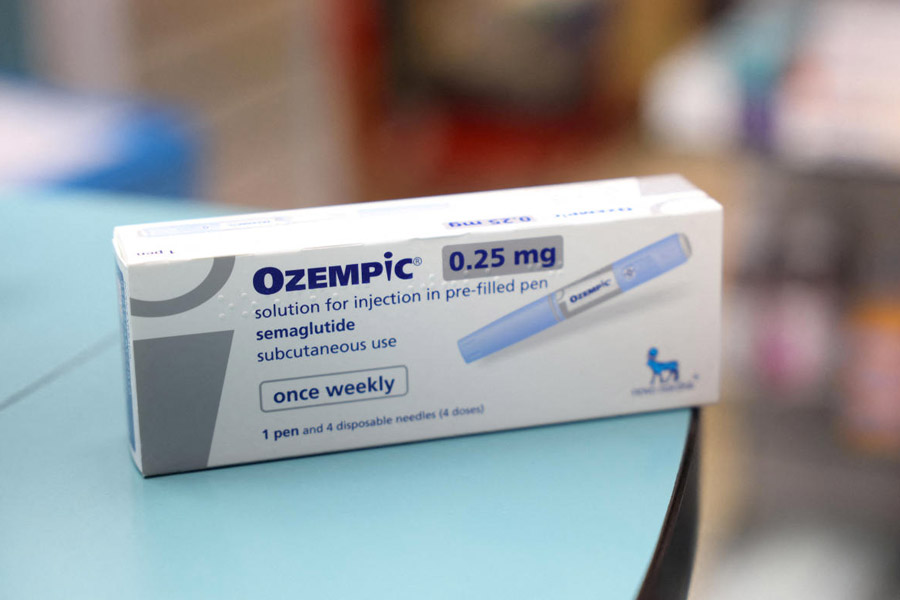 |
Guwahati/Sivasagar, March 14: Dispur has decided to dispatch a team of experts to Sivasagar to check if the 300-year-old Rang Ghar, said to be the oldest amphitheatre in Asia, is “cracking up”.
The historical monument — the first such amphitheatre in Asia — has developed cracks, allegedly because of a high-intensity seismic survey being conducted by oil major ONGC close to the monument.
Announcing this, minister for cultural affairs Gautam Bora today said in the Assembly that the team of experts will visit Sivasagar tomorrow to verify the “cracks”.
“We are concerned and taking all possible measures. A team will be visiting the site tomorrow to find out exactly what has happened and what needs to be done. It will also have members from the Archaeological Survey of India (ASI),” he said, replying to a question by CPI legislator Drupad Bargohain.
The expert team will include retired head of the history department of Gauhati University Jogendra Nath Phukan, director of Assam Archaeological department Hemendranath Dutta, assistant superintending engineer of the ASI D. Roy and executive engineer of PWD (buildings) Alokesh Sarma.
The ASI has said it is keeping the monument “under close watch” after receiving complaints that the cracks have become prominent. It admitted that it had earlier received reports of hairline cracks but said those were superficial and could have been the result of ageing.
“We are carrying out inspection of the structure and have also put up devices in the cracks to confirm fears that they are widening with every passing day,” ASI superintendent archaeologist Sanjay K. Manjul said at the Rang Ghar.
He, however, added that the ASI was powerless to stop the ONGC from stopping the survey since it was being done outside the notified zone of the monument, protected under provisions of the Ancient Monuments and Archaeological Sites and Remains Act, 1952 and Rules, 1959.
The ONGC survey is being carried out 2.5km from the monument. Under the Ancient Monuments and Archaeological Sites and Remains Act, 1952, and Rules, 1959, any activity within 300 metres of an ASI monument is prohibited.
“We have put tel-tel — small pieces of glass — in the cracks to find out if there are any further widening.”
Manjul added.
In a seismic survey, controlled explosions are carried out underground, usually below 60 feet, and sensors placed overground pick up the vibrations. The data collected by the sensors are fed into computers on board the state-of-the-art Data Recorder Vehicles from which geophysicists determine whether an area has hydrocarbon reserves or not.
It has been alleged that the ONGC is carrying out the explosions far above the permissible 60 feet limit for which the overground vibrations are very intense, leading to damages in residential buildings and other structures, including the Rang Ghar.
ONGC deputy general manager (public relations) Dilip Das, however, claimed that that the company has taken care and precaution to ensure that there was no damage whatsoever to any monument in and around Sivasagar where the seismic survey is being carried out. Das added that a grid plan is being developed to create safe zones around heritage sites and historic monuments in the survey area.
The All Assam Tai Ahom Students’ Union — an organisation representing the royal community — held the ONGC responsible for the cracks and warned the company of dire consequences.
Ulfa, too, had asked the ONGC to stop the survey.










